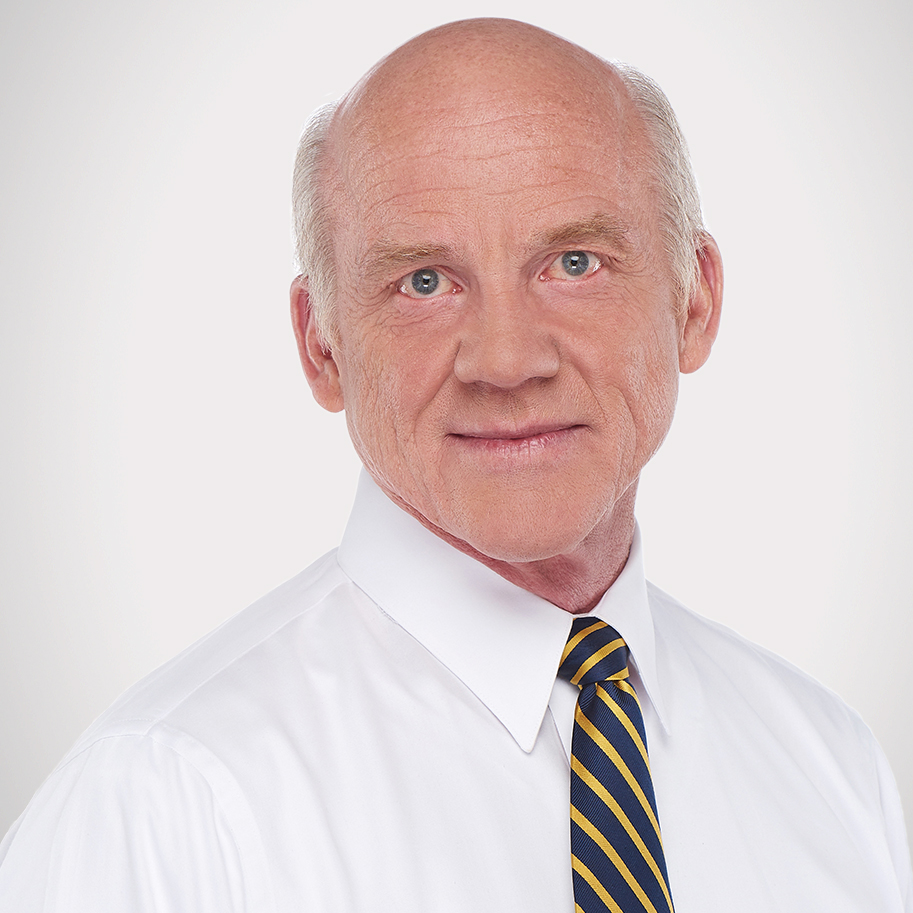As organizations and their leadership continue to evolve and develop strategies for engaging their people ever more deeply in work, an important notion has developed which by some, is seen as the key to the puzzle to find the source of “purpose” connected to that work, then to establish that as the motivation or “driver” for the efforts of the enterprise and allow, cajole, compel, and coax employees across the enterprise to connect to this purpose, which will then lead to deeper levels of personal motivation, and engagement with the work of the whole enterprise.
PDO or PEO?
Just so we’re clear, we’re on board with the notion that building, becoming, or realizing you already are part of a purpose-driven organization (PDO) is a strategy that can form the basis for really good things for employees, your stakeholders, and the world.
The drive for purpose opposes the very outmoded transactional view of employee motivation and engagement, which naively posits that “I’ll do my best work when I realize some extrinsic rewards, see my pot of gold waiting at the end of my performance appraisal, or am able to crush the competition.”
Instead, the PDO idea states (correctly, we’d agree) that individuals can connect to a higher purpose and mission to do their best work. This “involvement in outcomes” of something bigger than oneself is a real source of motivation and long-term satisfaction and, for some, the basis for a highly fulfilling life.
But it’s not nearly enough.
“Purpose-driven” fails again and again when an organization’s capabilities don’t match its aspirations. The real trick, and the true key to long-term sustained success for organizations and ongoing engagement, is to move beyond purpose-driven. The goal is to become purpose-enabled. No doubt purpose-driven is a requirement for being purpose-Enabled. But it is not sufficient.
Here’s the difference: Purpose-driven is built on belief; purpose-enabled is built on capability.
It’s the difference between knowing where you’re going and having the skills to get there, between aspiration and action.
PEOs consistently deliver on their ambitious goals, they course-correct and learn, and they are architects and stewards of organizational systems which support the achievement of purpose.
The pathway
So, if that’s the difference between PDO and PEO, what’s the path to becoming “enabled”?
Well, for starters, it turns out our guide on the path to enablement, is a role and set of capabilities that exist in every organization but that have been progressively devalued and neglected for some time: the manager.
And so, with that in mind, let’s take a moment to denounce one of the most pernicious myths promoted by the leadership development industry.
This is the despicable notion that defines a “manager” as a lower life-form that must be overcome in order to become a “leader.”
We’ve all read well-publicized lists that lay out this manager/leader dichotomy. Here’s an excerpt from one, although they all work the same way:
- Managers administer—Leaders innovate
- Managers copy—Leaders originate
- Managers control—Leaders trust (*You see where this is going.)
- Managers do things right!—Leaders do the right thing!
Slogans like “Don’t be a manager—be a leader!” are, at best, misleading and, at worst, hurtful and demoralizing for a couple of reasons. First, it’s hard to be a good manager. Control, resource allocation, feedback, development, being a player/coach—these are the core skills of being a good manager. These manager capabilities lie at the heart of purpose-enablement. And none of that is easy. And second, a PDO can be led by anyone. A PEO is led by good managers.
The manager is nearly always the most clearly authorized source for leadership and plays a central role in purpose-enablement.
And, ironically, it’s from within the role of manager that we most often see the expression of leadership realized.
We haven’t turned our back on the importance of leadership. Great managers also lead. We think of “leading” as one of those managerial actions, alongside the others mentioned above. But it’s just that—another set of managerial actions. It’s not a “role” and, as a single, albeit complex, activity, is not enough for purpose-enablement.
Could Gandhi manage your organization? Could Ruth Bader Ginsburg? Dr. Martin Luther King? Michelle Obama? The Dalai Lama? These and other great social and political leaders are often held up as aspirational examples for our organizational leaders. Wonderful, deeply committed leaders all, but something more is needed for today’s organizations to succeed. Simply put, we need leaders who, while being guided by an overarching purpose, can create and manage organizations that deliver on that promise. We need leaders who can turn vision into reality by building and effectively operating PEOs.
Many progressive organizations today have noble purposes to which most of their members are deeply committed. As we’ve said, crafting and articulating an organization’s purpose are indeed important senior leadership functions, but that’s only part of the work. So how do you make this purpose a reality?
There are three critical managerial functions that are foundational to setting the stage for the enablement of purpose: design, decisions, and delivery.
Design
Design is everywhere, from how strategies are created to where the coffee pot is located. The dimensions of an organization are either intentionally designed or left to chance and evolve by default. Great leaders see themselves as architects and focus on:
- Jobs—The best jobs have a direct line of sight to customers (external or internal) (importance), are a stretch but doable (mastery), and provide significant discretion in how the work is done (freedom).
- Processes—Every system, methodology, and technology needs to advance the purpose in some way, not simply to make the work easier.
- Organization—Effective organizations are designed to enhance alignment, synergies, and collaboration while minimizing complexity, conflict, and waste.
Decisions
Choices matter. From simple decisions such as organizing one’s schedule to making a high risk investment, we need to recognize that every member of the organization is making choices throughout the course of every day, and the aggregate result of these choices has a huge impact on organization effectiveness. Managers encounter daily dilemmas, uncertainty, risk, and choice. In a PEO, these are resolved with the organization’s purpose and values firmly set in the background of the tactical decision. Outcomes that go against purpose create cynicism on the part of employees and can derail the PEO.
Delivery
The effective organization delivers its product or service to customers at the time and quality they desire it and at the lowest cost and least effort (often referred to as a value chain). The PEO gets this done through the systematic management of operations aligned to purpose. It employs an operating rhythm of planning, executing, measuring, and learning. Well-managed organizations have a culture of accountability that permeates all aspects of their work. In short, commitments reflecting the purpose are readily made and faithfully kept.
Does this describe your work?
You’re part of an organization that is deeply committed to an important purpose—one might even call it noble. You love your job because what you do makes a significant impact on this mission. Your job is very challenging, but, with a lot of effort, you continually excel. Maybe the best part is that nobody tells you how to do your work.
You decide on how to best bring your skills to your job, but there are many people you can call upon for help if you need it. Access to information, work with other departments, reporting systems … someone has obviously done a lot of painstaking work to make sure you have everything you need. It’s not all easy; you often face difficult dilemmas and tough choices. But you have touchstones of organizational values, history, and culture to guide you. You have been encouraged to thoughtfully consider all key factors involved, especially your values and those of the company. You know that you can step in and make these decisions, and if it turns out badly, you will still be supported by your team and the boss.
There is not a lot of checking up on people. It’s not that there is a lax attitude to performance, just the opposite. It’s not needed. Teams thrive on excellence in everything they do. If someone says they are going to get something done, it is almost always gets done. If it doesn’t, you can be pretty sure it couldn’t be done.
Welcome to the PEO.
Written by Gregg Thompson, Founder, Bluepoint Leadership Development & Michael Molinaro, Vice President & Chief Learning Officer, New York Life
About The Author

Gregg Thompson
Gregg Thompson is a keynote speaker, author and executive leadership coach. As a much-in-demand speaker, Gregg leads his audiences on interactive, highly-engaging learning journeys that are both educational and entertaining. He dares audiences to abandon many of their closest-held beliefs about leadership and to explore new ways of seeing, relating to and influencing others. He confronts audiences with their own biases, judgments and attitudes, and challenges them to replace these with fresh new perspectives and practices. He vividly demonstrates how leaders can make a major shift in their personal impact and use their natural strengths to master the art of leadership. Gregg is the author of The Master Coach written for leaders who understand the impact of coaching on performance and career acceleration. The book is an invitation to leaders who want to make a significant shift in their attitudes, values and behaviors and become more coach-like in all of their daily interactions and conversations.
Related Resources
Subscribe to newsletter
Subscribe to our newsletter today and receive innovative, insightful and thought provoking resources (videos, webinars and articles) all effective tools for developing leadership talent.
Connect with Us Today!
This is a gated resource. Contact sales at info@bluepointleadership.com for more information or reach out here: Contact Us
This is a member-only resource. Contact sales at info@bluepointleadership.com for more information.





